Jewish History

Barbara W. Tuchman
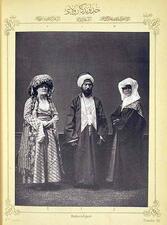
Turkey: Ottoman and Post Ottoman
The Jewish population of Turkey navigated far-reaching changes in the political, social, and geopolitical spheres in the late nineteenth and the early twentieth centuries, as the Ottoman Empire pursued reform and collapsed and the Turkish Republic that took its place imposed a process of “Turkification” on its residents. During this period, Jewish women partook in traditional customs relating to religion, family, and the home, while also accessing new opportunities in the public sphere through education and political engagement.

I had time to notice that it was pasted full of newspaper clippings in a foreign language - before something very unusual happened.
Twenty-First Century Jewish Literature by Women in the US
Twenty-first-century Jewish women’s writing in the United States is wide-ranging in genre and topic. In this body of literature, we can find insightful and nuanced stories of contemporary American life as well as fiction that delves into lost or forgotten Jewish histories. From a female Spinoza to a female golem, a strong feminist ethic is pervasive in these writings.

Miryam Ulinover
Born in Poland, Miriam Ulinover was one of the great Yiddish poets of the early twentieth century. Through her poems, she wove traditional Jewish life in the shtetl into a mythical vision of Jewish life, tradition, childhood, and identity.
Liudmila Ulitskaia
Liudmila Ulitskaia is one of Russia’s most famous and celebrated modern writers, known for her voice of moral authority and dissidence against a politically repressive Russian state. Her contemporary realist prose and fiction combines traditional plot and narrative techniques with candid treatment of conventionally taboo subjects such as sexuality, politics, and disease.
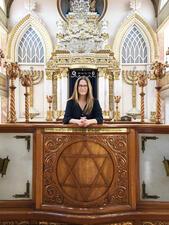
Monica Unikel
Mónica Unikel-Fasja is a chronicler of Jewish immigrant stories. She created a dozen guided walking tours in Mexico City and revitalized the oldest Ashkenazi synagogue as a bastion of Jewish culture, designating it a treasure trove of history fully accessible to the general public.
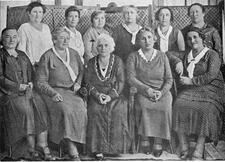
Union of Hebrew Women for Equal Rights in Erez Israel
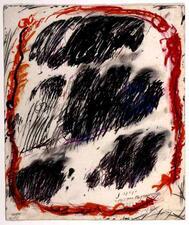
Aviva Uri
Among art lovers in Israel and in the inner circles of artists, Aviva Uri is considered a legend who shaped generations of artists in Israel. Born in Safed, Uri was known for her abstract scribbles that expressed anxiety and distress, as well as her later depictions of mourning, death, and destruction. In 1952, she received the Dizengoff Prize and in 1957 she exhibited her work at the Tel Aviv Museum.
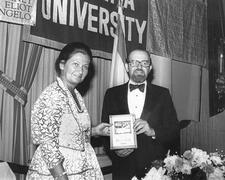
Simone Veil
Holocaust survivor Simone Veil was a pioneer in the French government and the European Union. As Minister of Health, she presented and successfully argued the law decriminalizing abortion in France. She was the first woman to preside over the European Parliament and the fifth woman to be interred in the Panthéon.
Walldorf Camp: Hungarian Jewish Women (August-November 1944)
In addition to the large, well-known concentration camps, hundreds of small labor camps existed during the Second World War, among them the Walldorf Camp at the Frankfurt airport in Germany. On August 19 and 20, 1944, 1,700 Hungarian women between 14 and 44 years of age were selected and taken to Frankfurt to build the first concrete runway for the Messerschmidt 262 jet plane.
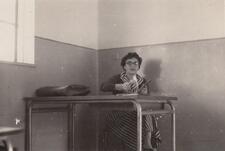
Charlotte Wardi
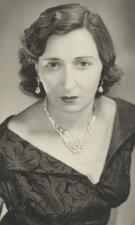
Dora Wasserman
Dora Wasserman created a place for Yiddish theater in Canada by founding a theater and adapting great works of Yiddish literature for the stage. After World War Two, Wasserman immigrated from the Soviet Union to Montreal, formed the Yiddish Drama Group, and produced plays and musicals. She was the first to demonstrate that a theater of diversity could survive and flourish in Canada, and she did so with an all-consuming selfless dedication to her art.
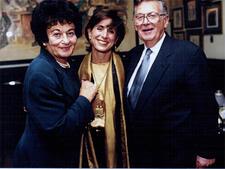
Jill Weinberg
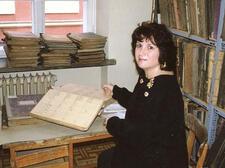
Miriam Weiner
Through her genealogical program Routes to Roots, Miriam Weiner helped Jews access historical records that had survived the Soviet suppression of information throughout Eastern Europe.
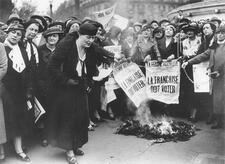
Louise Weiss
Considered an architect of European unity, Louise Weiss is best known for her campaigns on behalf of the peaceful resolution of international conflicts during the interwar years and the Cold War. She also worked on behalf of Jewish refugee rights in the late 1930s and was a leading feminist activist who focused on obtaining the right for French women to vote.
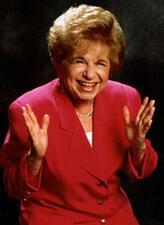
Ruth Westheimer
Ruth Westheimer, who lost her entire family in the Holocaust, served in the Haganah, and received her Ed.D. from Columbia University, was an unlikely candidate for the role of host of a cheerful talk show about sex. However, her celebration of human sexuality, derived from Orthodox Judaism, made her an influential and highly successful proponent of joyful, responsible sex from the 1980s into the third decade of the twenty-first century.
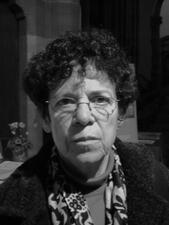
Annette Wieviorka
Annette Wieviorka (b. 1948) is a major French historian of the Holocaust. Her work highlights the specificity of the Shoah in the context of Nazi and Vichy crime generally.
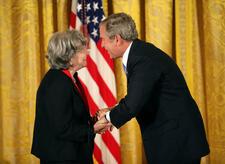
Ruth R. Wisse
Charlotte Wolff
A pioneering German-Jewish lesbian and feminist physician, Charlotte Wolff became interested in sexology, psychotherapy, and chirology while working as a physician in Berlin’s working-class neighborhoods. Soon after the Nazis came to power she fled to France and then to England, where she began researching and writing books on chirology. In the 1960s she turned her research to homosexuality and published a landmark study on lesbianism.
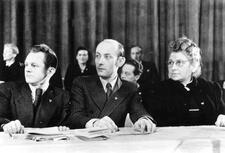
Jeanette Wolff
A well-known Social Democrat and Holocaust survivor committed to equal rights for women and sustained Jewish existence in Germany, Jeanette Wolff refused to compromise her socio-political beliefs. She was active in the SPD both before and after the war and served on the denazification committee in post-war Berlin .
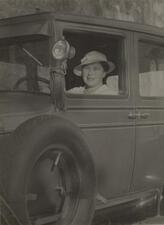
Marguerite Wolff
London-born Marguerite Wolff was a member of Berlin’s intelligentsia in the early 20th century. Between 1925 and 1933 she served as unofficial co-director and later as a research scholar at the Kaiser Wilhelm Institute for Foreign Public Law and International Law.
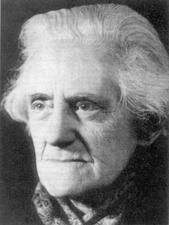
Nelly Wolffheim
Nelly Wolffheim spent her career developing and teaching a kindergarten curriculum based around Sigmund Freud’s psychoanalytic framework. She taught this curriculum, which encouraged children to express their sexual desires, to Jewish women teachers in Berlin. After escaping Germany for England in 1939, Wolffheim struggled to continue her research but began publishing her work again after the war.
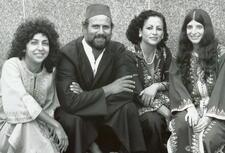
Women and Sephardic Music
Ladino or Judeo-Spanish Sephardic songs are primarily a women’s repertoire. The two main traditions are that of northern Morocco and the Eastern Mediterranean, primarily today’s Turkey, Greece, the Balkans.
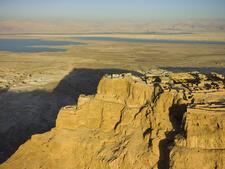
Women at Masada
In the first century BCE, King Herod the Great built a fortified palace atop the mountain of Masada overlooking the Dead Sea. Seventy years after Herod’s death, during the First Jewish Revolt against Rome, Masada was occupied by bands of Jewish rebels, including families. This entry surveys the literary and archaeological evidence of women among the rebels at Masada.

Women in Israeli Cinema
For many years, women played a secondary role in Israeli cinema, with little voice of their own and limited largely to objects of the male gaze. More recently, women filmmakers, often emphasizing autobiographical narratives, have begun to critique the patriarchal family and present new perceptions of female sexuality and female social roles.


